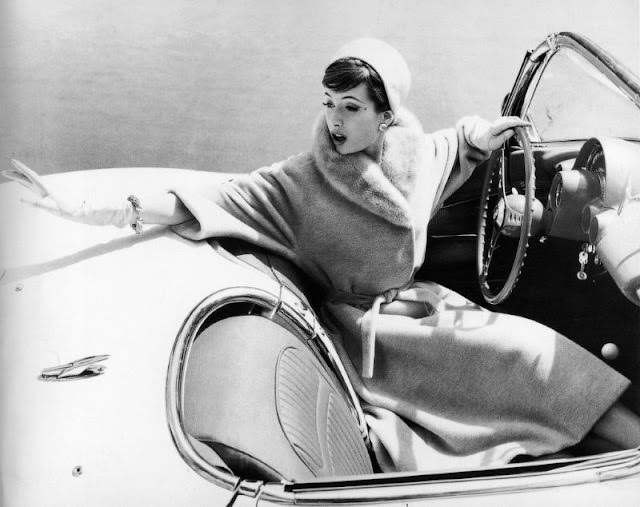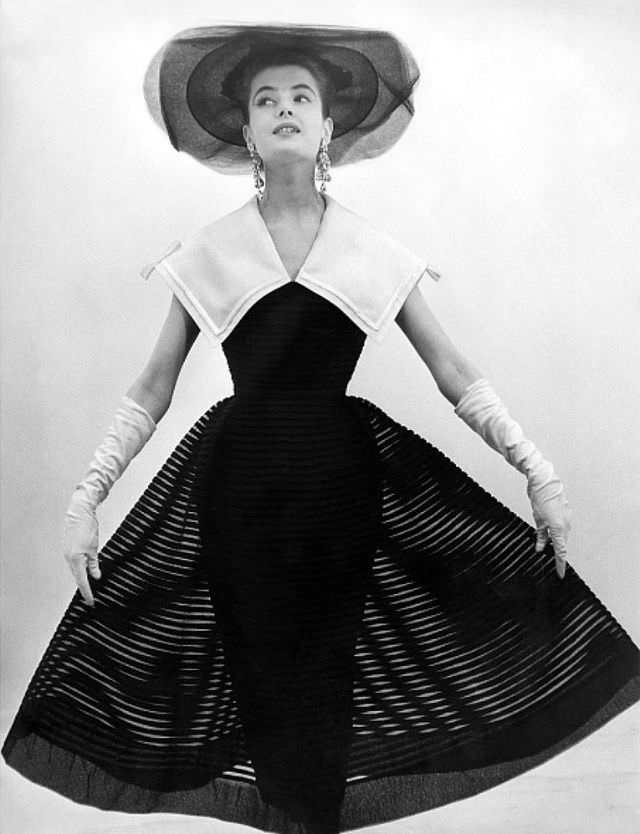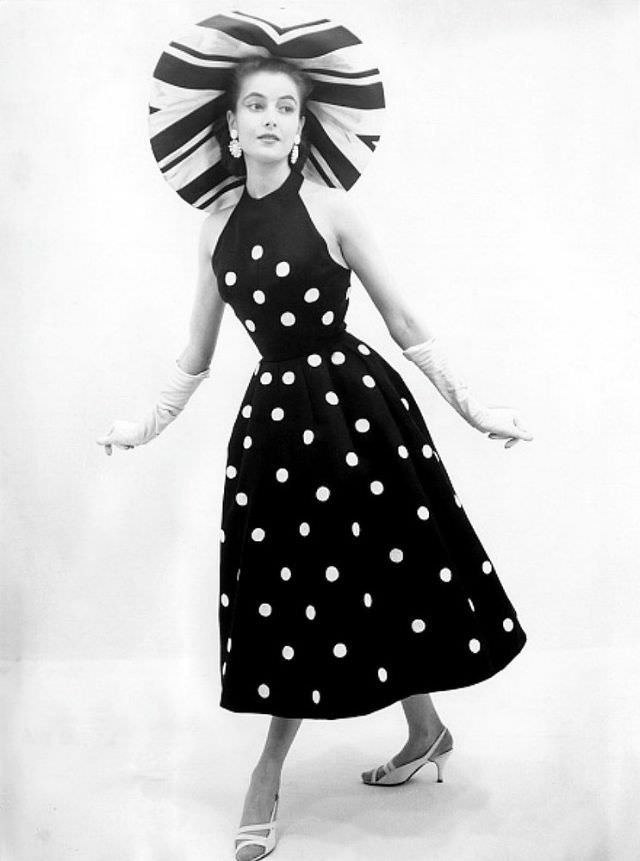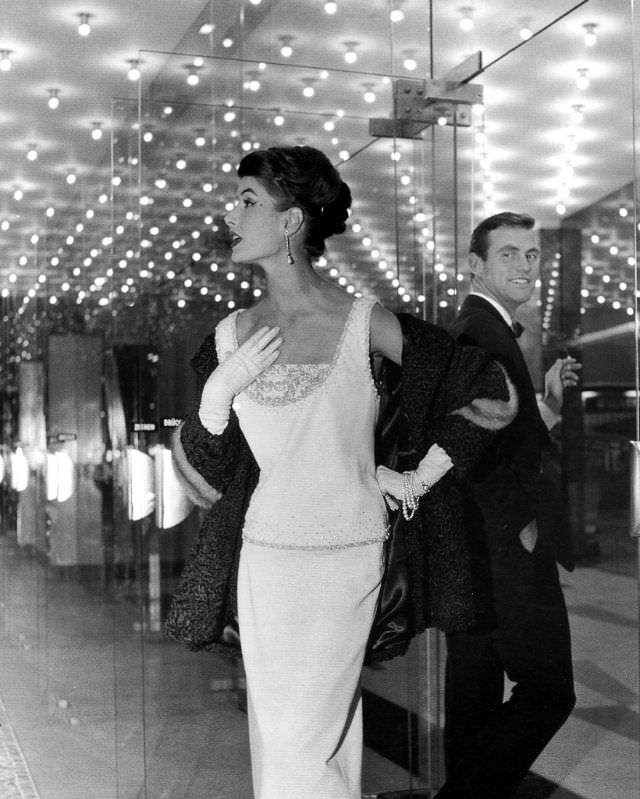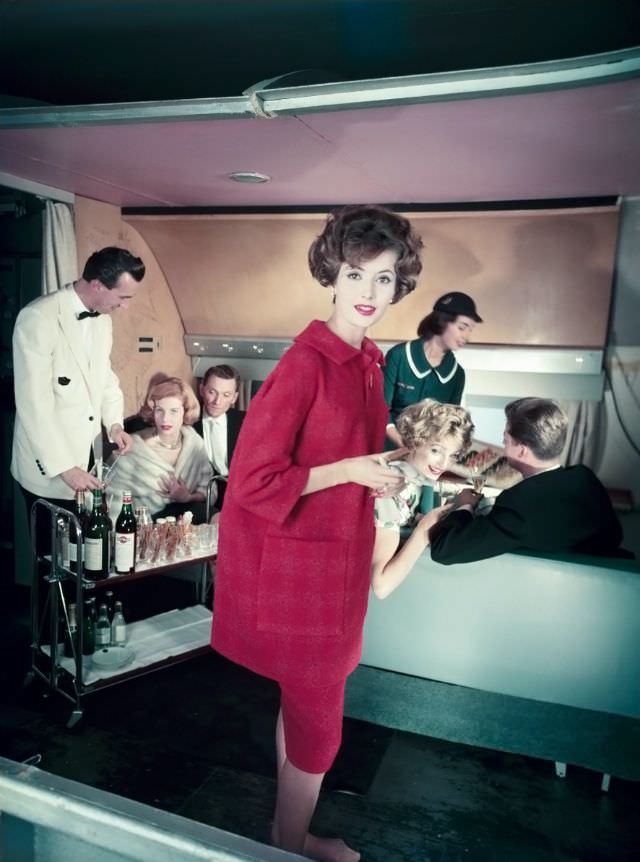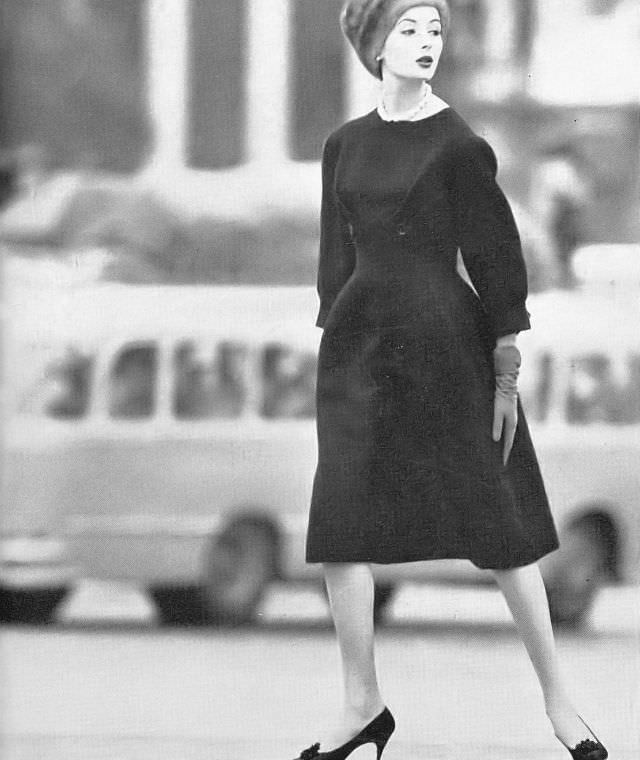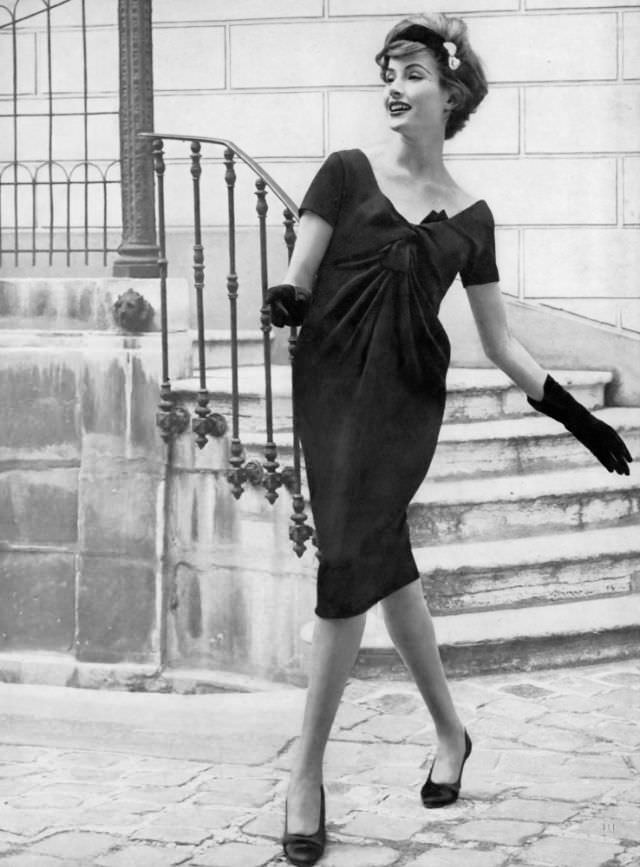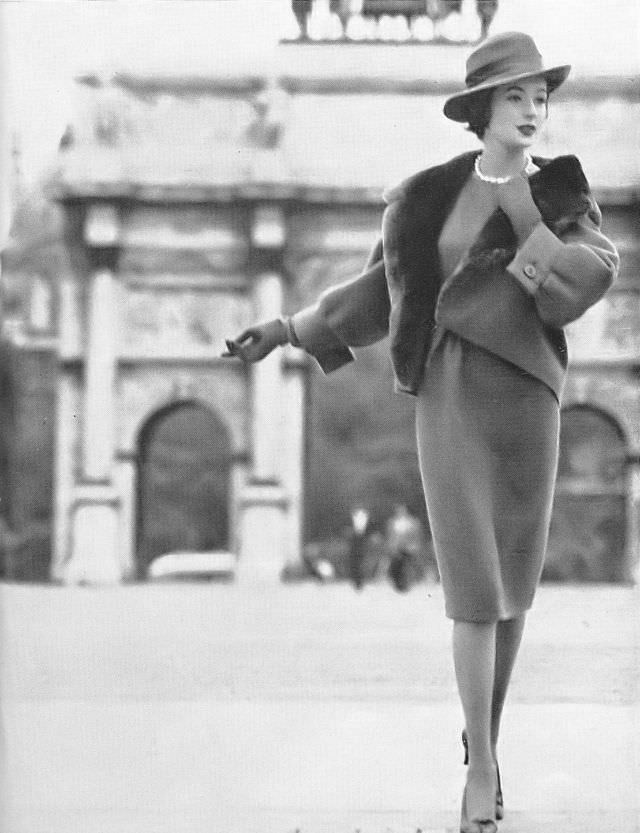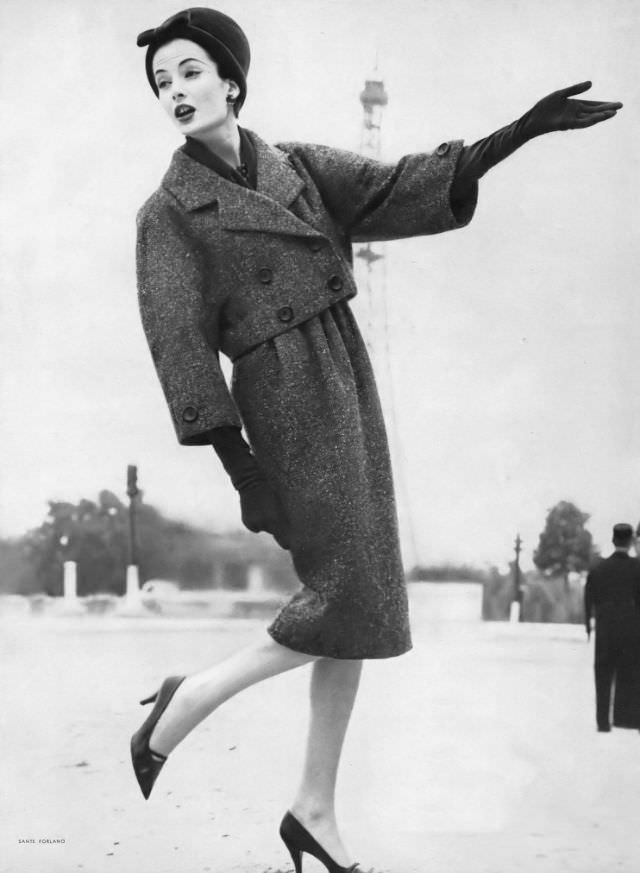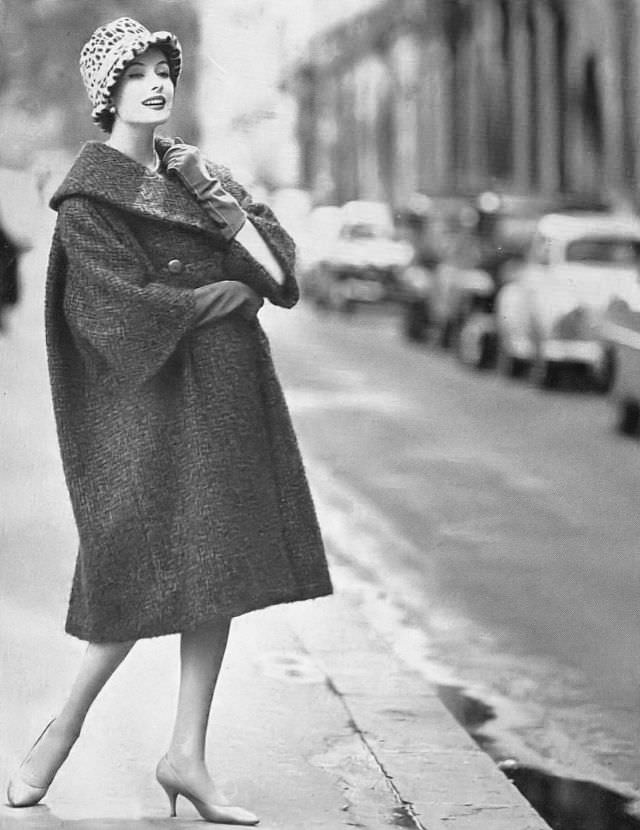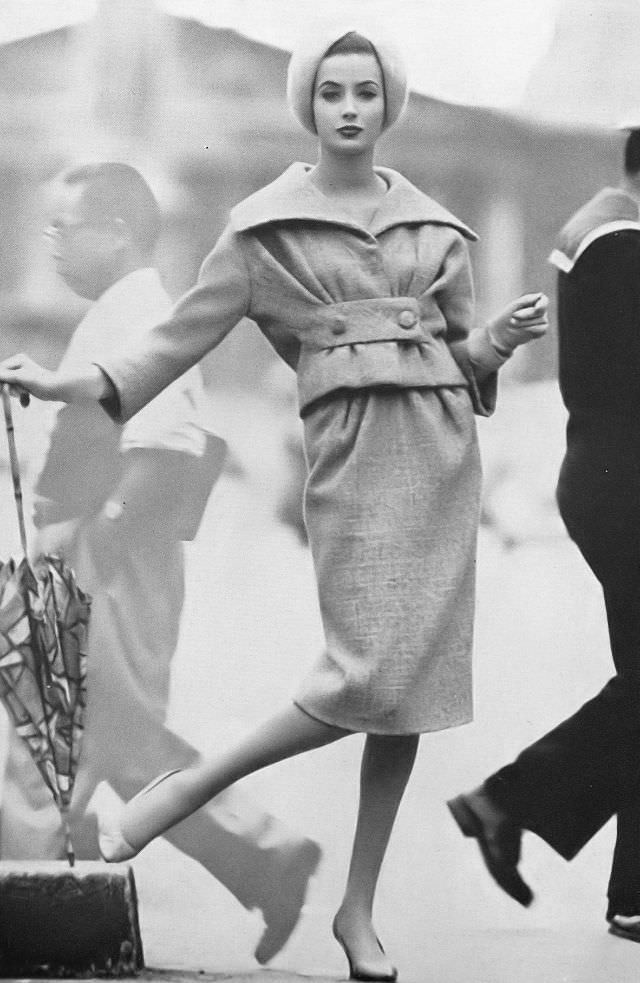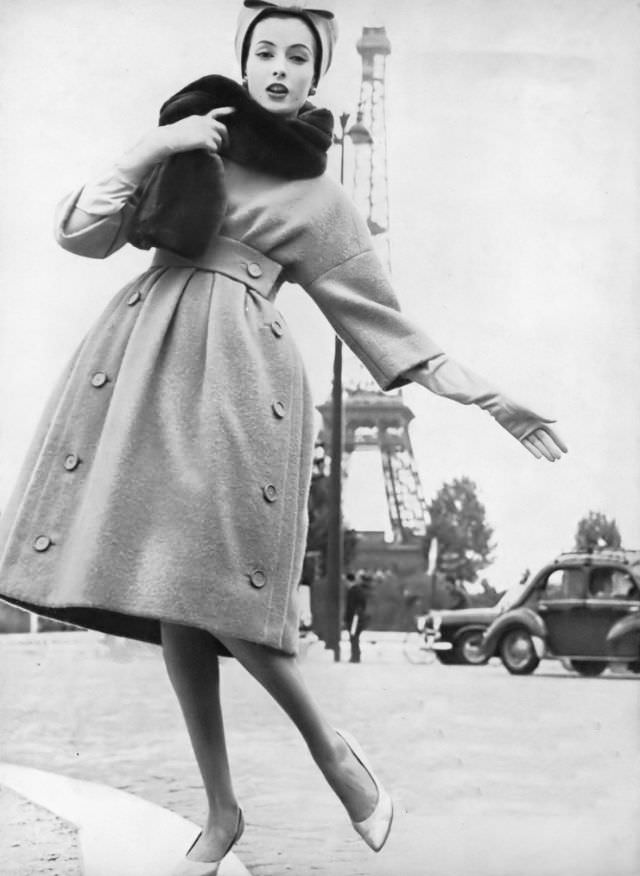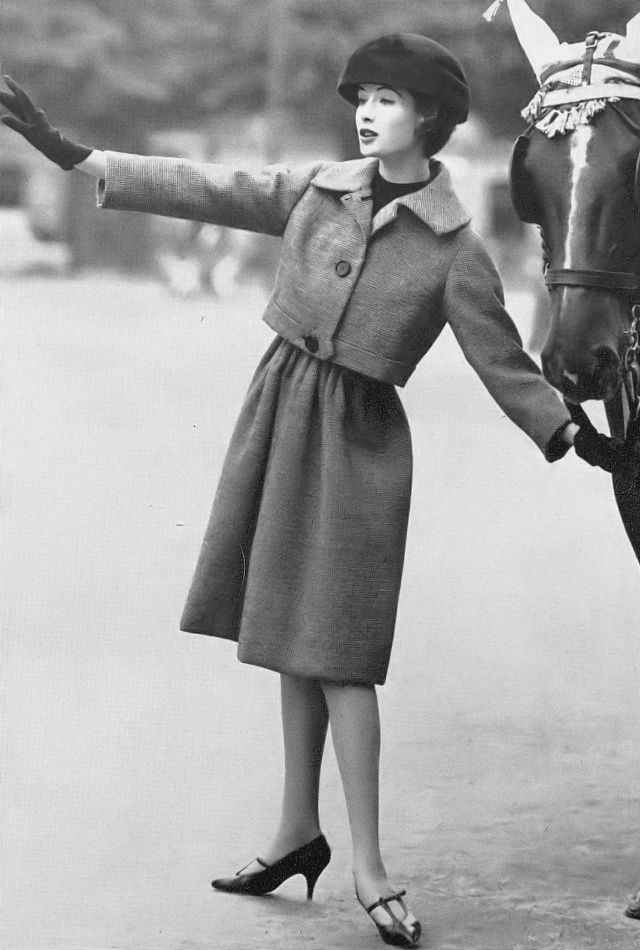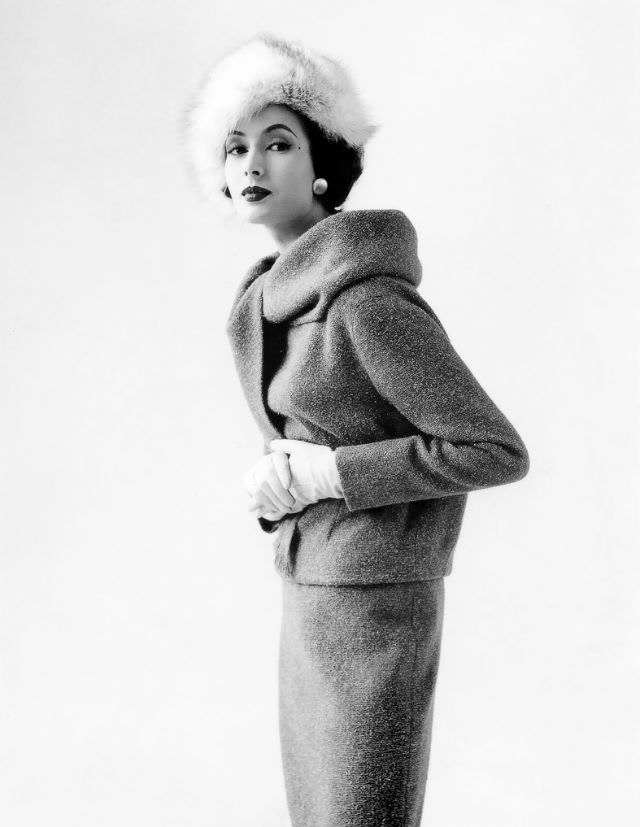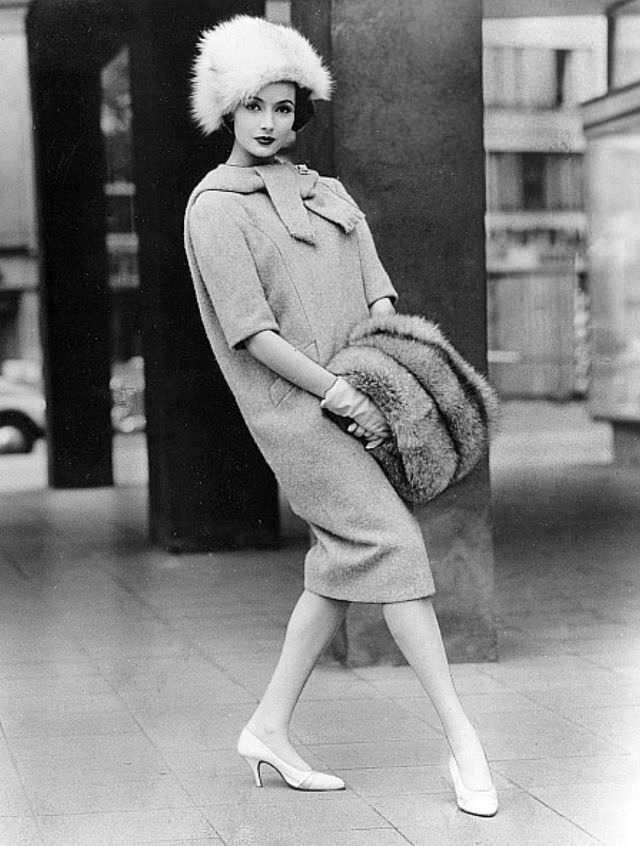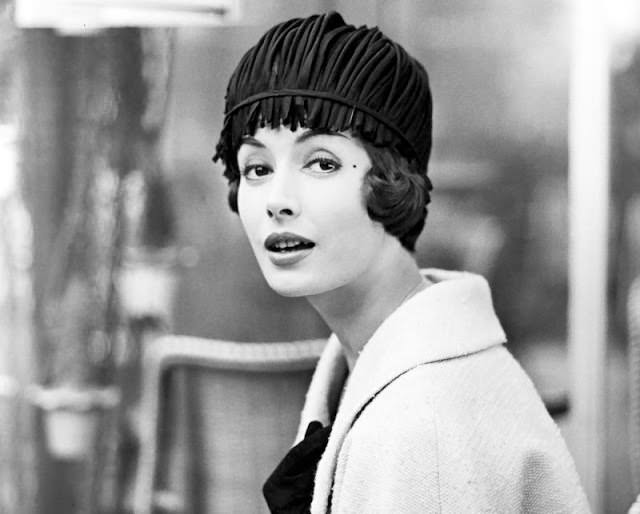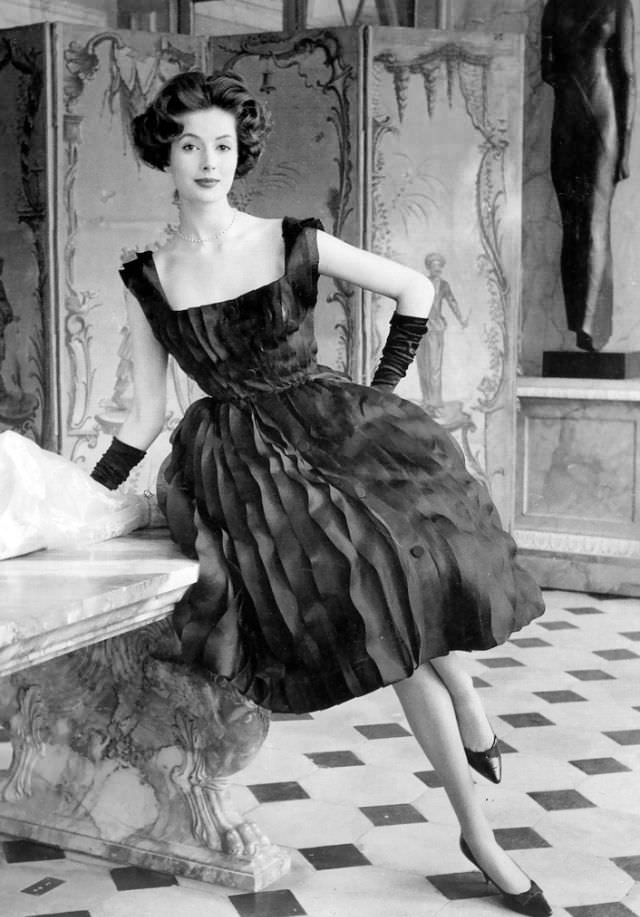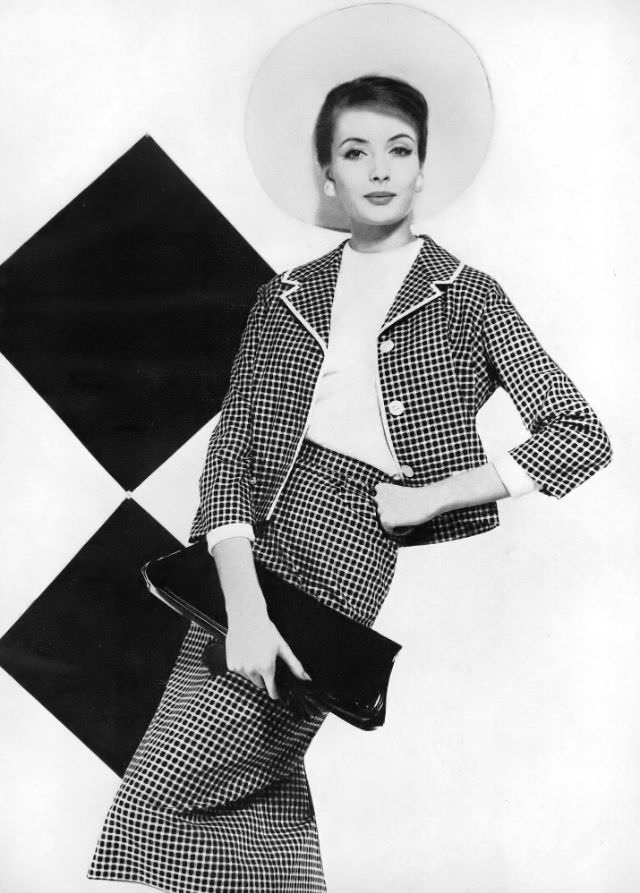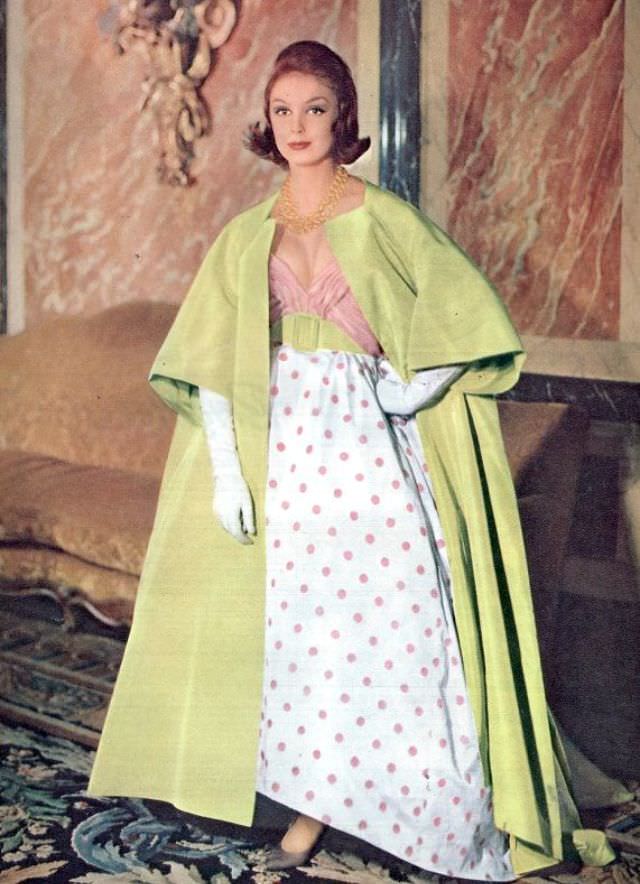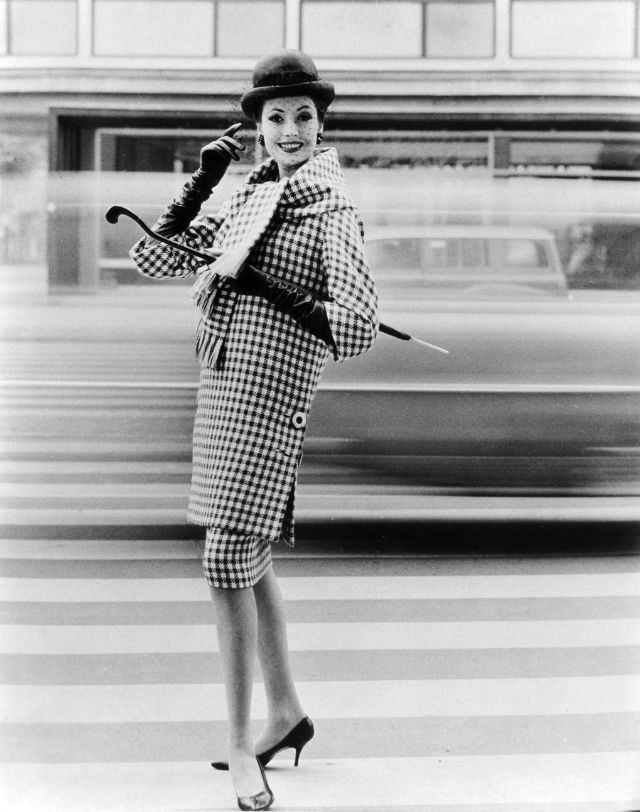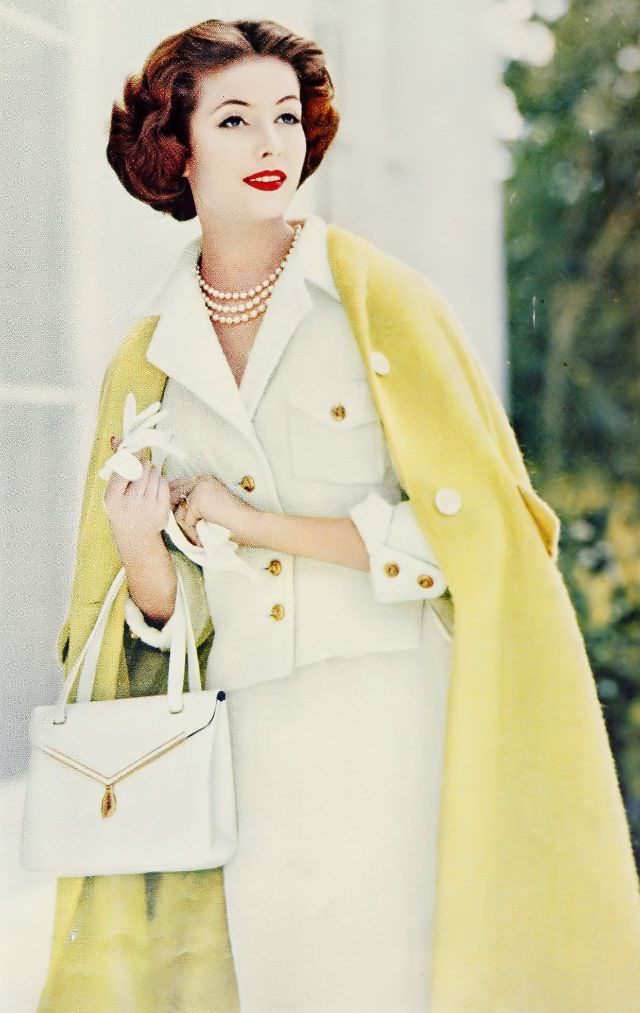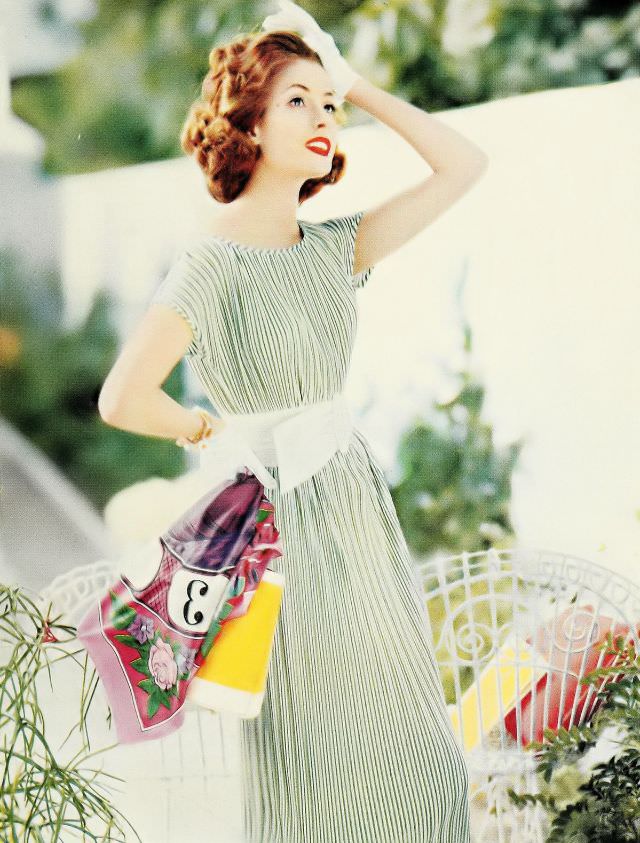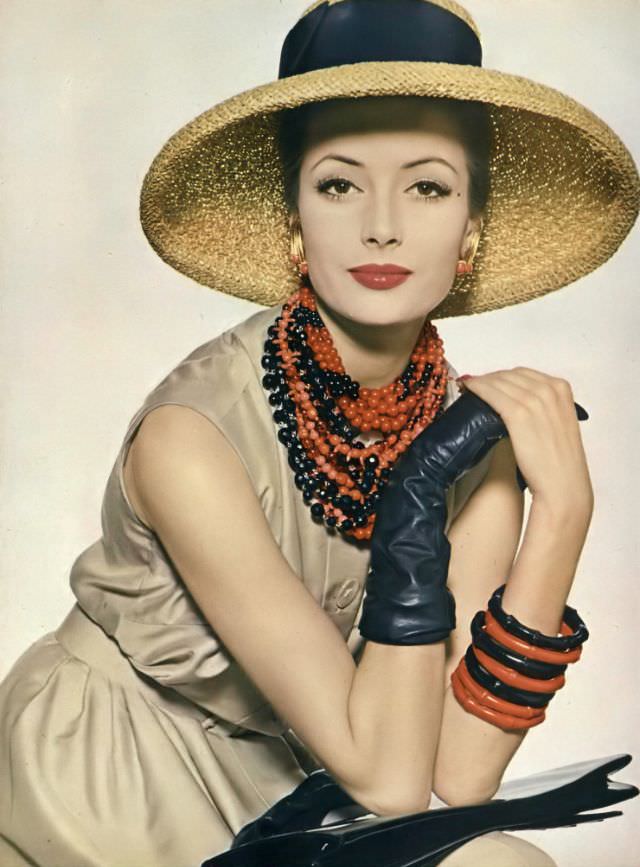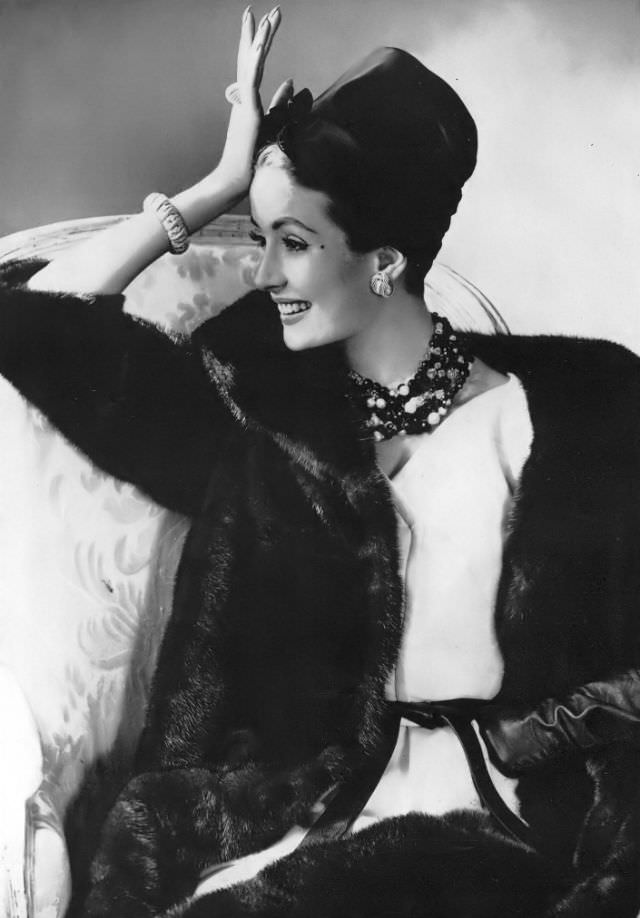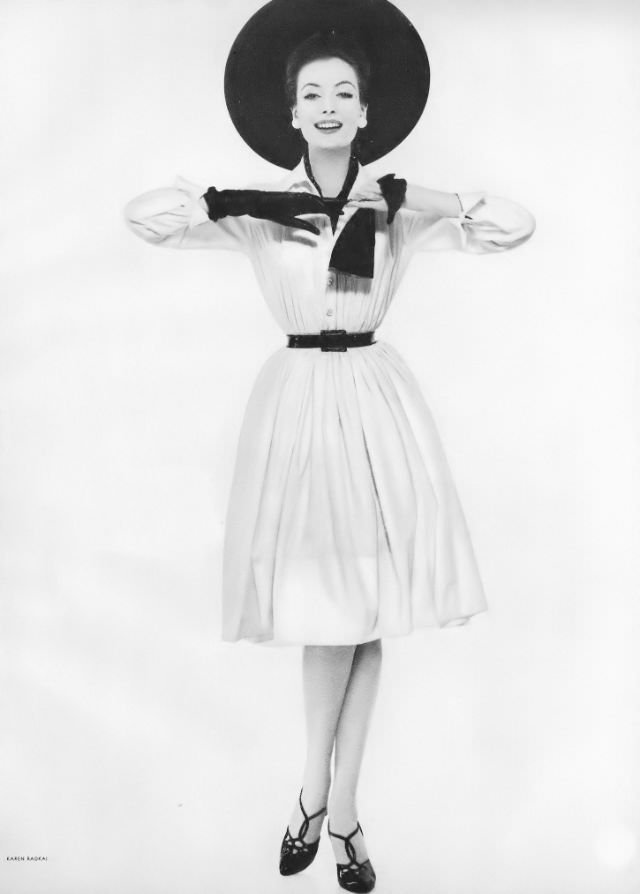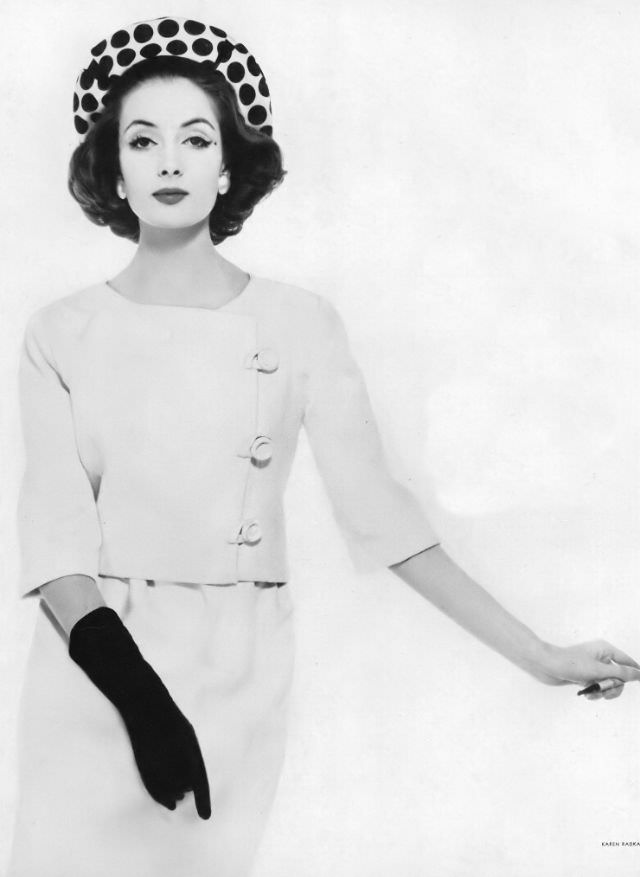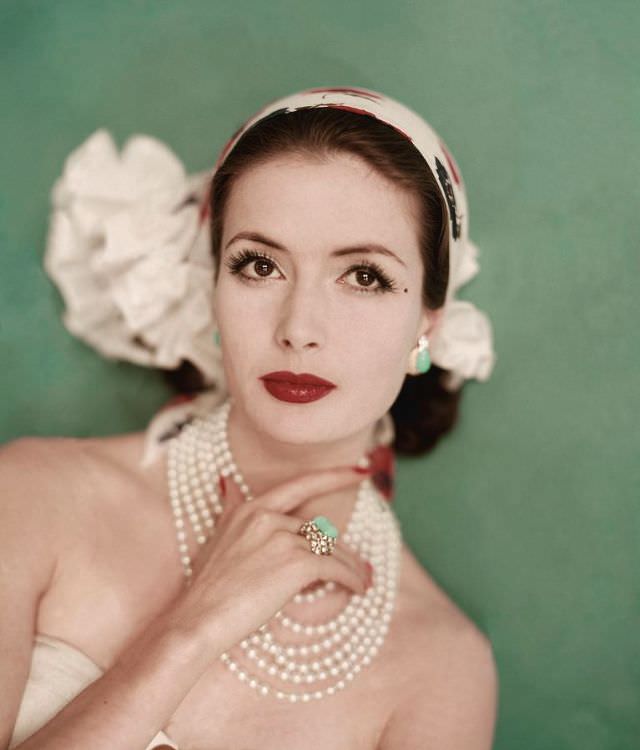In the 1950s, Gitta Schilling emerged as a prominent figure in the German fashion industry. This period marked her ascent in a country that was rebuilding and redefining itself after World War II. The fashion world was undergoing significant changes, and Schilling became an integral part of this transformation.
Fashion Scene in 1950s Germany
The 1950s in Germany were a time of economic recovery and cultural renaissance. In the world of fashion, this era saw a move towards more elegance and sophistication, reflecting a desire to move away from the austerity of the war years. It was within this context that Schilling’s modeling career took off, resonating with the new, optimistic spirit of the time.
Gitta Schilling’s
Gitta Schilling was known for a style that combined classic elegance with a contemporary edge. She represented the ideal of the modern, stylish woman in 1950s Germany, often seen in chic dresses and tailored suits that were the hallmark of the decade’s fashion. Her poise and grace made her an icon of her time, influencing the way German women viewed fashion and style.
During the 1950s, Schilling worked with numerous esteemed designers and fashion houses in Germany and beyond. Her collaborations often led to high-profile campaigns and runway shows, where she displayed the latest fashion trends. These partnerships solidified her status as a top model and a fashion influencer of the decade.
Gitta Schilling played a significant role in shaping women’s fashion in the 1950s. Her embodiment of the era’s fashion sensibilities made her a trendsetter. Women across Germany and Europe looked to her for inspiration, emulating her style choices and the way she carried herself both on and off the runway.


